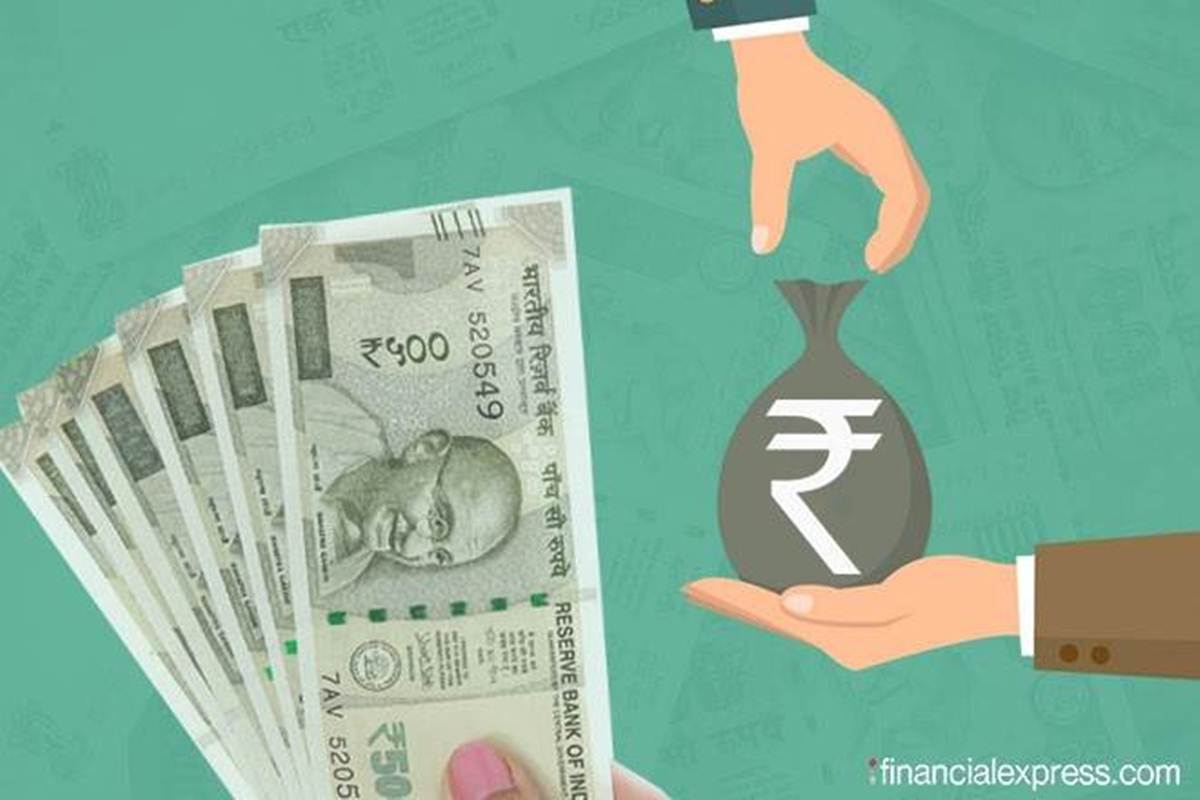Currently, the mandatory monthly contribution by the employee stands at 12 per cent of the monthly pay which includes monthly basic pay, dearness allowance and retaining allowance, if any.
Finance Minister Nirmala Sitharaman in her press conference today informed about the measures to be taken for the benefit of the members of Employees Provident Fund (EPF).
Those earning a basic salary of more than Rs 15,000 a month will now contribute 10 per cent instead of the mandatory 12 per cent contribution towards the PF for the next 3 months till August 2020. Also, the contribution of the employer will be reduced to 10 per cent from 12 per cent. However, for the Central government employees, the rate of contribution by the employer remains the same.
“The move by the government to reduce the 12% PF contribution to 10% will help increase the take home pay of employees. It will also reduce the cost to the employers, especially for international workers where the company picks up the cost,” says Saraswathi Kasturirangan, Partner, Deloitte India.
Currently, the mandatory monthly contribution by the employee stands at 12 per cent of the monthly pay which includes monthly basic pay, dearness allowance and retaining allowance, if any. As an employee, one is allowed to enhance the contribution to up to 100 per cent of the basic pay. Such contributions above the mandatory 12 percent is considered as a voluntary provident fund (VPF). The contributions towards VPF may be modified annually by the employe.
An employer has to match the employee’s contribution of 12 percent of employees basic pay, however, the employer is not obliged to match employee’s higher contribution towards VPF. However, the entire amount of employer’s contribution does not go into the employees PF account. Out of employer’s contribution of 12 percent, 8.33 per cent ( of a maximum of Rs 15,000) goes into the employee’s pension scheme (EPS), i.e. Rs 1250 every month, while the balance goes towards EPF.
Tapati Ghose, Partner, Deloitte India raises some pertinent questions. “The ‘pluses’ for sure, are lower employer cost and increased take-home for 3 months, thereby increasing liquidity for individuals in these times of cash crunch. However, there could be some related ‘cons’ as well. Employers typically agree on a gross cost-to-company which includes 12% of employer contribution to PF. With the reduction of the rate to 10%, would there be a reduction in the benefit provided to employees and hence be detrimental to their interests? Further, if the employer has agreed on a 12% employer contribution in their employee contracts, can the reduction be given effect to?”



































